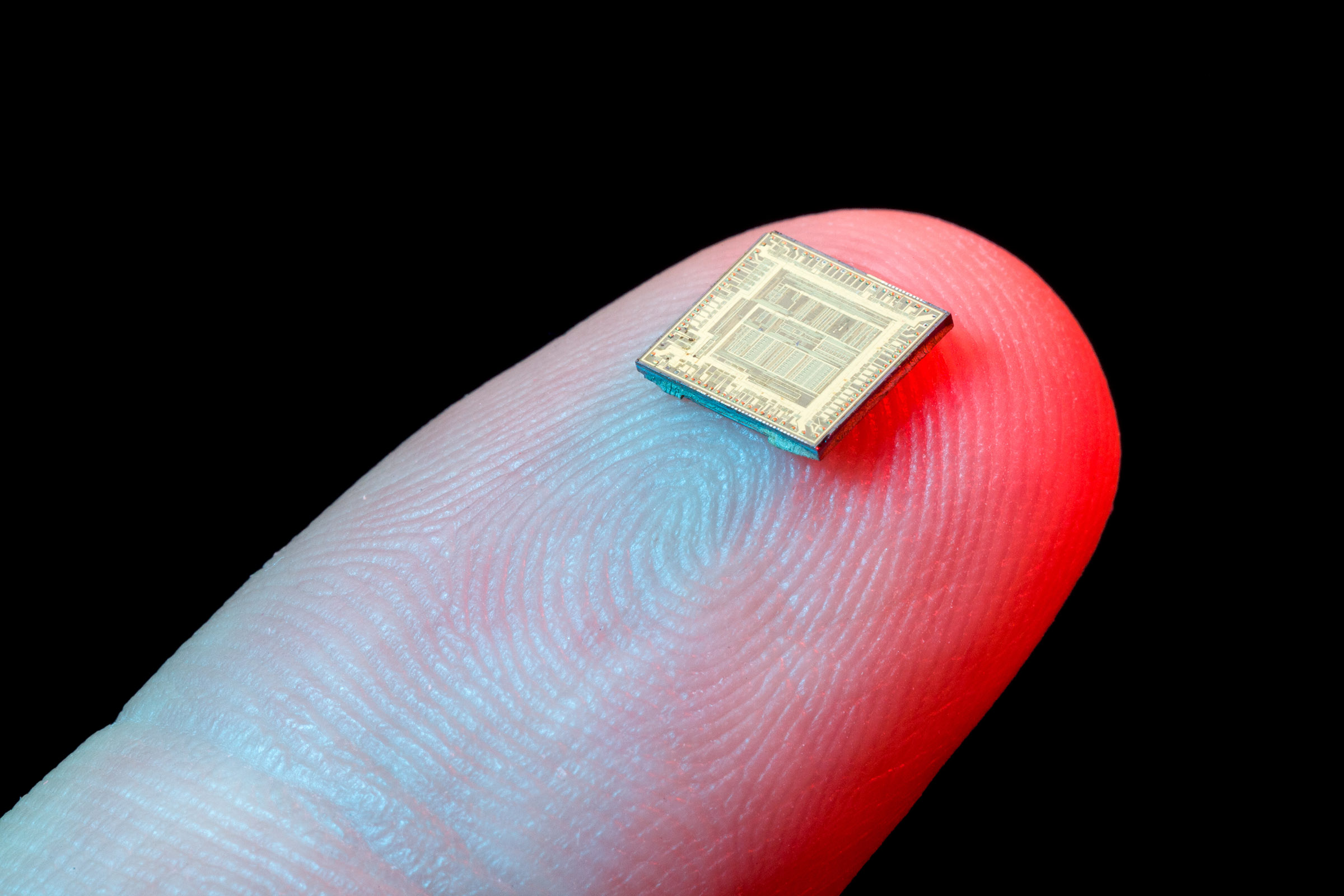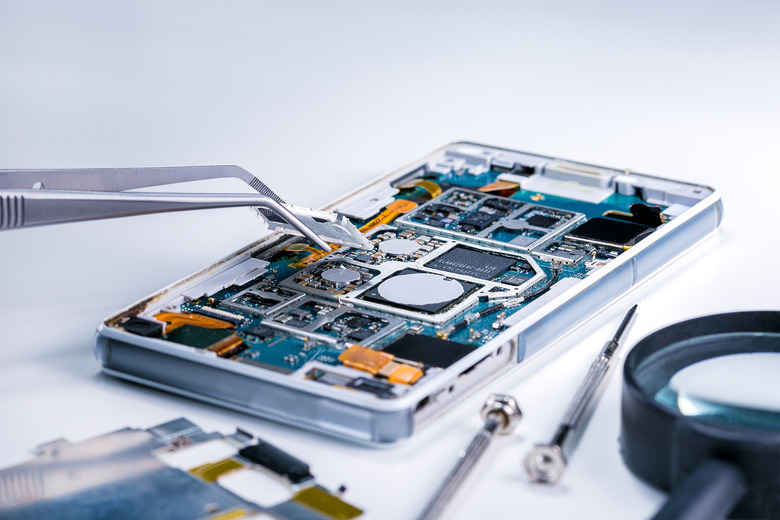Researchers Invented An X-Ray Vision Device That Can See Through Solid Surfaces
A new X-ray vision chip could soon bring the powers of Superman's powerful X-ray vision to smartphones everywhere. Researchers created the tiny chip to take images of objects through cardboard, and so far, they have seen some successful results with it.
Researchers from the University of Texas at Dallas (UTD) and the Seoul National University (SNU) have been working together to create the chip. While they refer to the chip as an "X-ray" chip, it doesn't actually use X-rays. "We use signals of 200 gigahertz to 400 gigahertz instead of X-rays," one of the study's co-authors explained to New Atlas.
The researchers don't rely on actual X-rays to power the X-ray vision chip because X-rays can be very harmful to the human body. They first demonstrated the microchip tech in 2022, showcasing how it could peer through fog, dust, and other obstacles that optical light can't penetrate. From there, the chip was still able to pick up the reflected signals and create an image.

The X-ray vision chip is the culmination of more than 15 years of work by the team, which has received help from students, researchers, and other collaborators. It's still far from complete, but what we're seeing is a huge step toward putting handheld X-ray capabilities in the hands of people all around the world. Imagine being able to use your smartphone to look for your keys in between the couch cushions without having to remove them.
Other uses for the microchip could be found across several other industries. Wildlife observers could use them to better observe wildlife in the forests and other dense jungles, or even to check houses and buildings for possible infestations. And, because the researchers didn't create this chip with a lense of its own, it is perfectly suited for fitting into any handheld device.
X-rays have proven extremely important for helping us observe the known universe—both from an atomic level and from a larger, more cosmic level. We've even used X-rays to create detailed maps of the universe, something that likely wouldn't be possible if we couldn't view the world through that unique lens.
